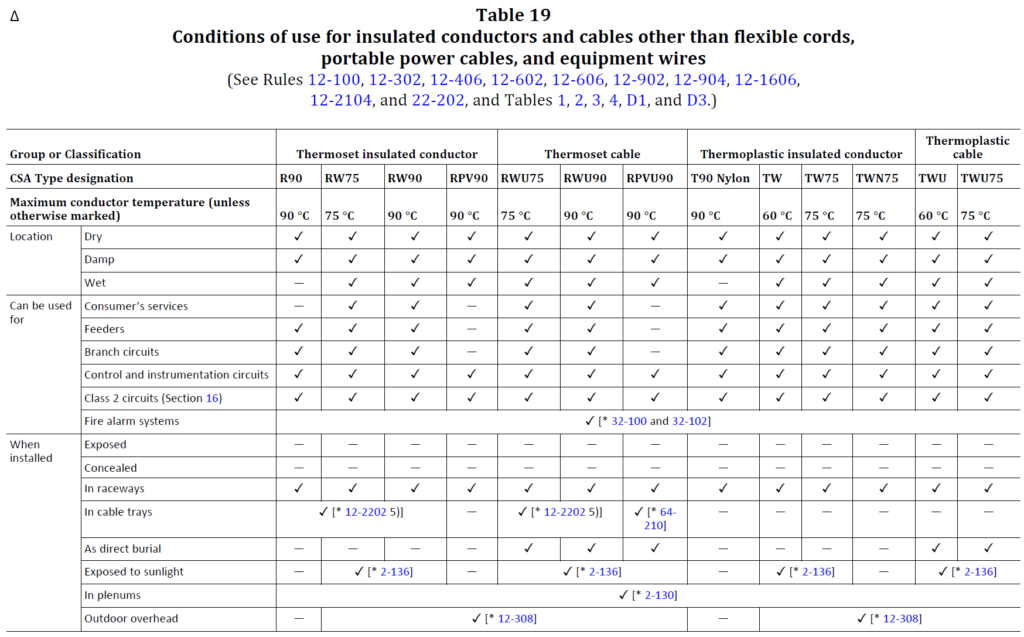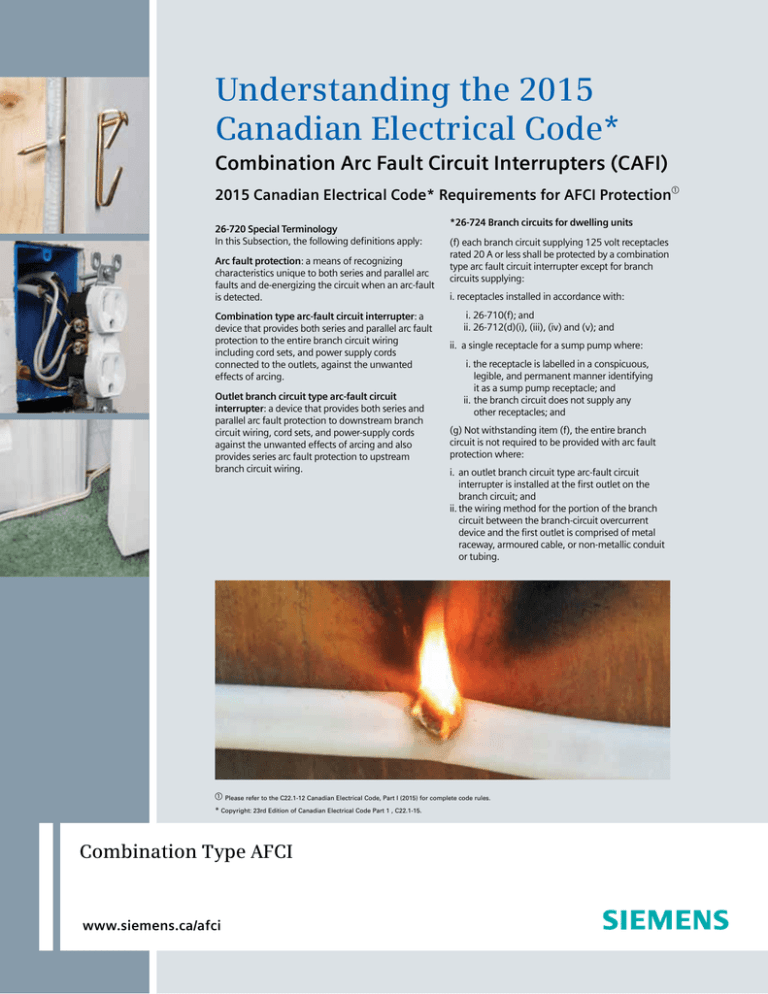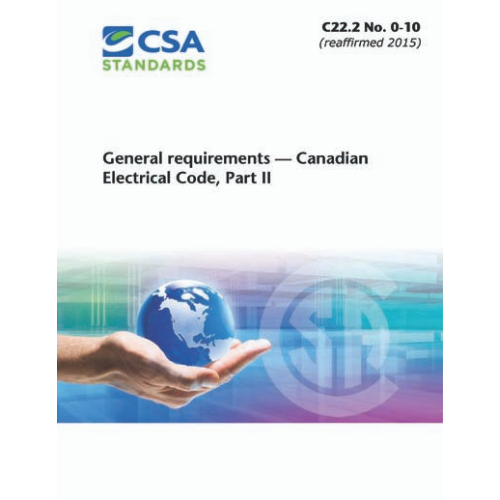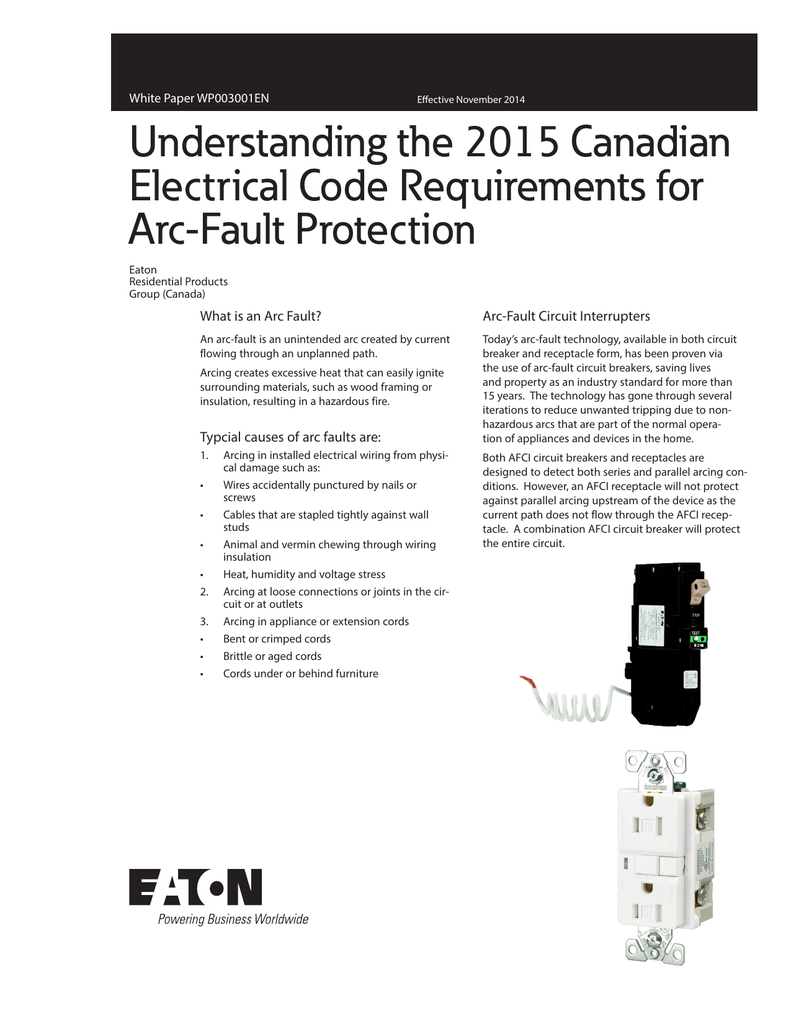Preorder the 2012 Canadian Electrical Code, Part 1 Today! Electrical Business

CSA C22.1:24 - Canadian Electrical Code, Part I (26th Edition), Safety Standard for Electrical Installations; CSA C22.1:21 - Canadian Electrical Code, Part I (25th Edition), Safety Standard for Electrical Installations $190.00 USD.
Rar Canadian Electrical Full Version [mobi] Utorrent Book

Tables 1 to 4 provide allowable ampacities for unshielded conductors rated not more than 5000 volts based on the maximum allowable conductor temperature from Table 19 and an ambient temperature of 30 degrees centigrade for:. copper conductors (Tables 1 and 2) or aluminum conductors (Tables 3 and 4),single conductors installed in free air (Tables 1 and 3), or
Ampacity Table Cec Matttroy

Preface This nineteenth edition of the Canadian Electrical Code, Part I, was approved by the Committee on Canadian Electrical Code, Part I, and by the Regulatory Authority Committee at their June. C22.1-98. January 1, 1998 Canadian Electrical Code Part I; Safety Standard for Electrical Installations
Understanding the 2015 Canadian Electrical Code*

Rule 4-004 will then direct you to the correct table and correction factor for your situation. In some cases, you will be directed to use the IEEE 385 calculation method or the tabulated information tables in Appendix D.. 1 The Canadian Electrical Code, Part I is published by the Canadian Standards Association. 2 The CEC Handbook is also.
Ampacity Tables Nec
csac222021-Canadian Electrical Code, Part I (25th Edition), Safety Standard for Electrical Installations-Preface This twenty-fifth edition of the Canadian Elect. Customer Service:. • Table 19 has been completely reorganized, simplified, and shortened; • Annexes A.1 and A.2 of Appendix A have been removed and are now hosted online.
Canadian Electrical Code Simplified Residential Wiring Wiring Digital and Schematic

Canadian Electrical Code First published in 1927, the Canadian Electrical Code is a safety standard for all electrical work and electrical equipment operating at all voltages in electrical installations for buildings, structures, and premises in Canada. It is published by the CSA Group (formerly the Canadian Standards Association), a private organization that exists to develop…
Ampacity Tables Cec

The changing electrical sector: A new edition of the Canadian Electrical Code. For over 90 years, CSA C22.1:21, Canadian Electrical Code, Part I, has been updated to keep up with sector challenges and improvements. And 2021 is no exception. Over 320 volunteer experts have contributed to the 2021 Code providing recommendations and best practices.
Guide to the Canadian Electrical Code, Part I A Road Map, Installment 2 of a series IAEI

Answer to question 2: Yes, they are allowed. Subrule 4-004 (1)f) for copper conductors and Subrule 4-004 (2) (f) for aluminum conductors allow ampacity of conductors with sizes smaller than No. 1/0 AWG, installed underground, to be determined from Table 2 or Table 4, as it references item (b), see below: " f) underground configurations in.
national electrical code wire size table

This is the first of a series of articles detailing significant changes for the 2021 Canadian Electrical Code Part I. The second change for Rule 4-004 resulted in the deletion of Subrule 22 and Table 39 Minimum permitted size for 3-wire 120/240 V and 120/208 V service conductors for single dwellings and feeder conductors or cables supplying.
table 13 of canadian electrical code book Electrician Talk Professional Electrical

The Canadian Electrical Code, CE Code, or CSA C22.1 is a standard published by the Canadian Standards Association pertaining to the installation and maintenance of electrical equipment in Canada. The first edition of the Canadian Electrical Code was published in 1927. The current (25th) edition was published in April of 2021.
Canadian Electrical Code, Part II Chapter One Bookstore

1.3 Objective of the Canadian Electrical Code, Part II The objective of Standards issued as part of the Canadian Electrical Code, Part II, is to give consideration to the prevention of injury to persons and damage to property through proper design, good construction, and high quality of work.. Notes to tables and figures are considered part.
Understanding the 2015 Canadian Electrical Code

The Canadian Electrical Code is a vital document that sets the standards for electrical installations in Canada. It ensures electrical safety, promotes uniformity, and supports efficient and reliable electrical systems. Engineers must have a thorough understanding of the CEC to ensure compliance and uphold the highest standards of electrical.
Canadian Electrical Code Residential Wiring Ontario Wiring Boards
Refer to our wire size calculator to find the ampacity of an insulated conductor that meets the criteria of this table. Table 1 and 3 - Allowable Ampacities of Single Insulated Conductors Rated 0-5000 Volts in Free Air (Based on 30°C Ambient Temperature). Sizing conductors according to the Canadian Electrical Code is essential for.
14104 (2) Electrician Talk Professional Electrical Contractors Forum

• copper conductors (Tables 1 and 2) or aluminum conductors (Tables 3 and 4) • single conductors installed in free air (Tables 1 and 3), or • not more than 3 insulated conductors installed in raceway or cable (Tables 2 and 4). * The source for this series of articles is the Canadian Electrical Code, Part I, (C22.1-18) published by CSA..
Household Electrical Wiring Colors Australia Wiring Boards
:max_bytes(150000):strip_icc()/ElectricalWiring-1152863-2143c6964ddd48e2ad1fb664c296561e.jpg?strip=all)
For over 90 years, CSA C22.1, Canadian Electrical Code (CE Code), Part I, has been developed and updated to better protect electrical workers and promote improved consistency in electrical installations across the country. Now in its 26th edition, the CE Code, Part I includes many significant additions and revisions throughout. Cost:$190.00.
2015 Canadian Electrical Code CourseLesson1 YouTube

The 2021 Canadian Electrical Code, otherwise known as the CE Code or CSA C22.1-2021, has been released.. National Electrical Codes. Electricity powers the world, but the equipment and systems that utilize it can present shock and fire hazards. This is, of course, nothing astonishing, as electrical installations have not only been carefully managed for the past century, but they have been.
.

